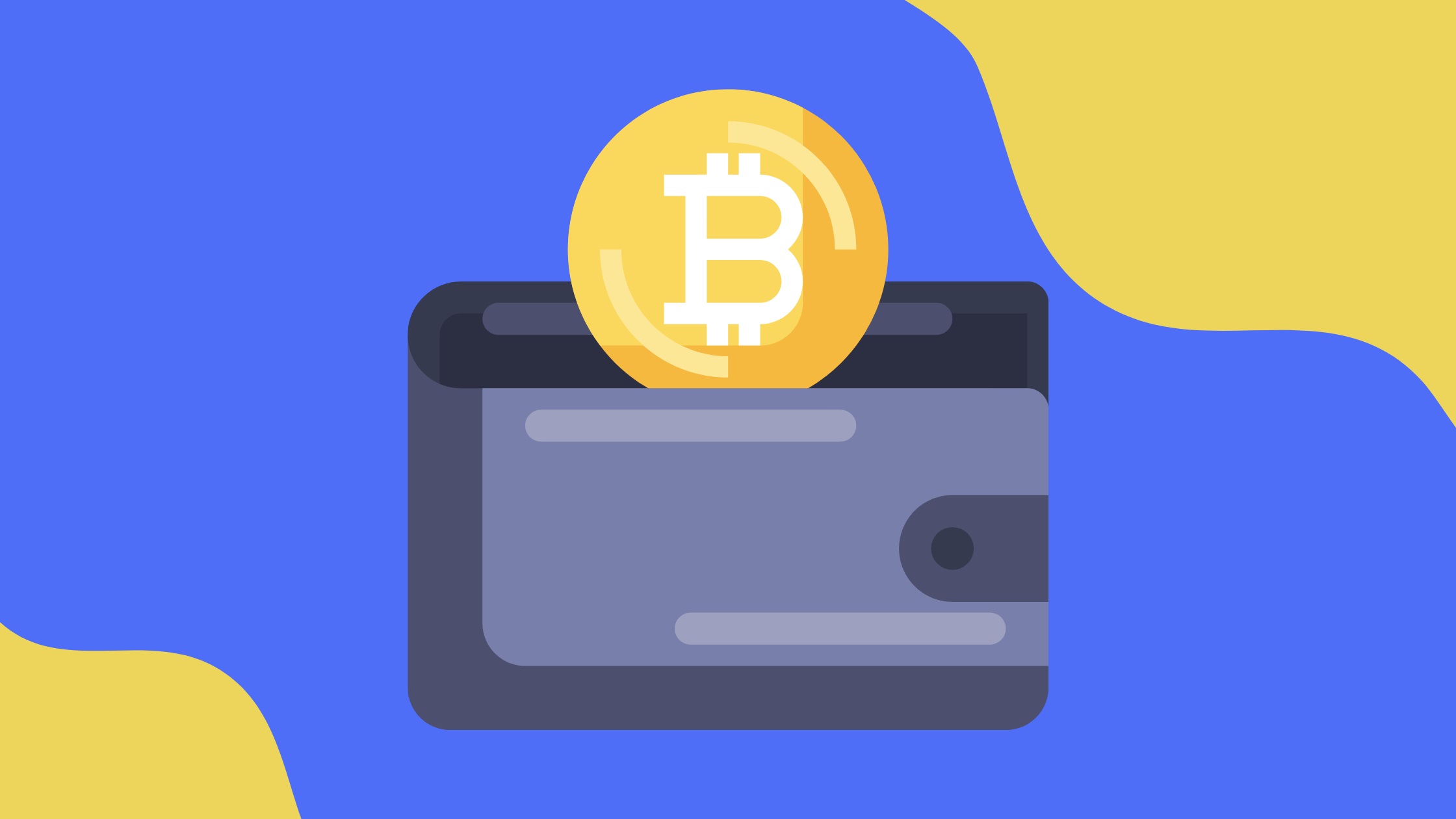Cryptocurrencies have come a long way from skepticism and obscurity to gaining mainstream traction. While early adopters traded coins like Bitcoin to make peer-to-peer payments, volatile prices and limited merchant acceptance throttled usage for daily transactions. DeFi debit cards are now set to change that by allowing crypto holders to instantly convert holdings into fiat money usable across millions of merchants worldwide. These cards are Visa or Mastercard-backed digital cards that allow users to indirectly spend cryptocurrency holdings from linked hot wallets. Transactions initiate the instant sale of crypto assets, conversion into fiat at real-time rates, followed by settlement via the card payment network.
Users register their supported wallet apps to these debit cards to set up withdrawals from holdings when making card payments. Transactions auto-liquidate crypto collateral into fiat money funneled to the merchant. The process leverages smart contracts, off-chain transactions, central bank reserves, and legacy payment rails. For merchants, payments appear no different than other debit card swipes, allowing integration without overhaul. According to Market Research Future, the crypto debit card market is projected to register approximately 30% CAGR from 2022 to 2030.
Bridging crypto and fiat
Spending crypto holdings like Bitcoin as easily as fiat cash has been a challenge preventing digital asset adoption at scale. Price volatility makes direct crypto payments risky for buyers and sellers. DeFi debit cards address this by auto-converting crypto to fiat at payment time to create stable purchasing power, removing volatility risks for users and merchants during transactions. Users no longer need to manually sell coins on exchanges when funds are required, which is slow and expensive. Instead, debit card swipes automatically and instantly liquidate necessary amounts of crypto into fiat to fulfill transaction values. Cards are topped up by purchasing or transferring crypto holdings into the linked wallet app, bypassing traditional bank accounts or credit checks. Users manage holdings conveniently via mobile apps, gaining spending power anywhere Visa/Mastercard is accepted. The process democratizes crypto spending offline/online minus the volatility.
Accessing the power of decentralized finance
Decentralized Finance or DeFi refers to blockchain-based financial applications replacing functions of mainstream banking using automated smart contracts without human intermediaries. Debit cards provide the bridge between DeFi apps managing crypto assets behind the scenes and real-world merchant payments at checkout counters or online gateways.
For example, lending protocol Aave allows users to deposit supported crypto as collateral to instantly borrow stablecoins – at algorithmically set interest rates. These stablecoins maintain parity with fiat denominations, allowing predictable purchasing capacity despite crypto volatility. Such stablecoins bridged to debit cards create instant access to credit lines from DeFi for real economy usage. Payments debit crypto collateral on Aave dynamically while repaying loans and interest over time. This links decentralized digital credit behind the scenes to traditional payment environments familiar to buyers and sellers.
Rewarding use cases
how do token presales work? A key benefit of crypto debit cards includes reward structures superior to conventional cards. Providers offer up to 8% back on purchases as cashback rewards deposited in the native token. This promotes engagement in decentralized networks by incentivizing usage at merchant terminals. Additionally, non-fungible tokens (NFTs) will gain deeper acceptance as proof of ownership certificates, redeemable for special rewards. Gamified programs can further drive card signups and retention among mainstream audiences. Such loyalty programs will likely make crypto debit cards highly popular compared to traditional cashback cards from incumbent banks.








